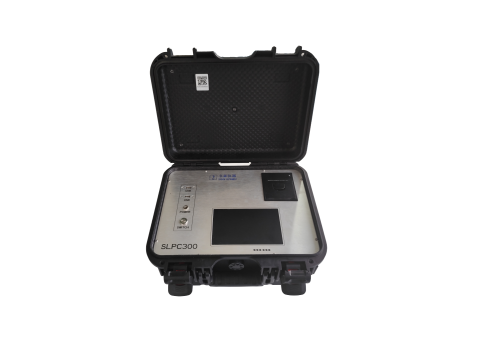
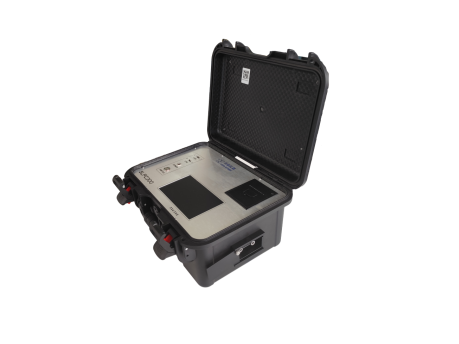
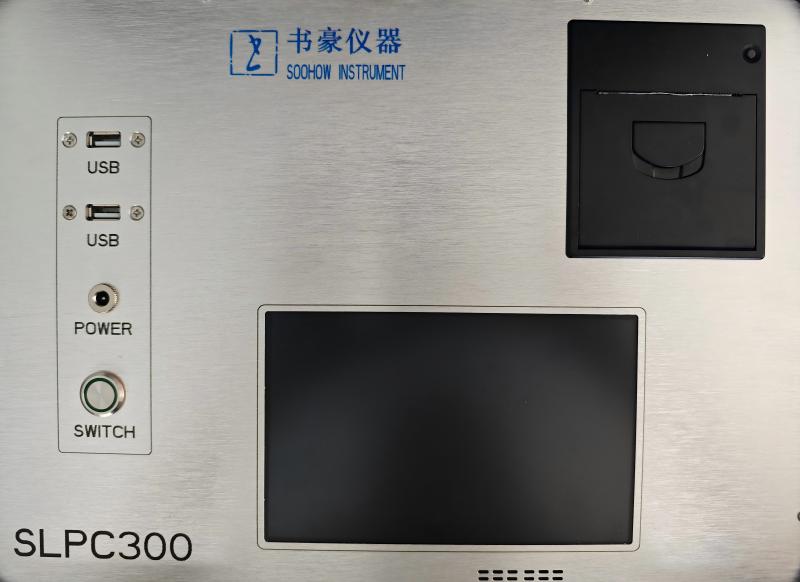
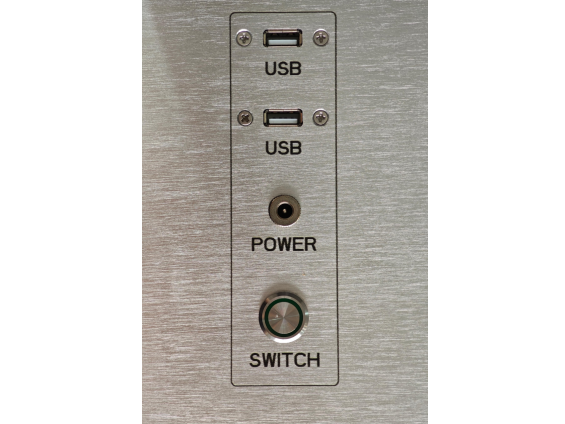
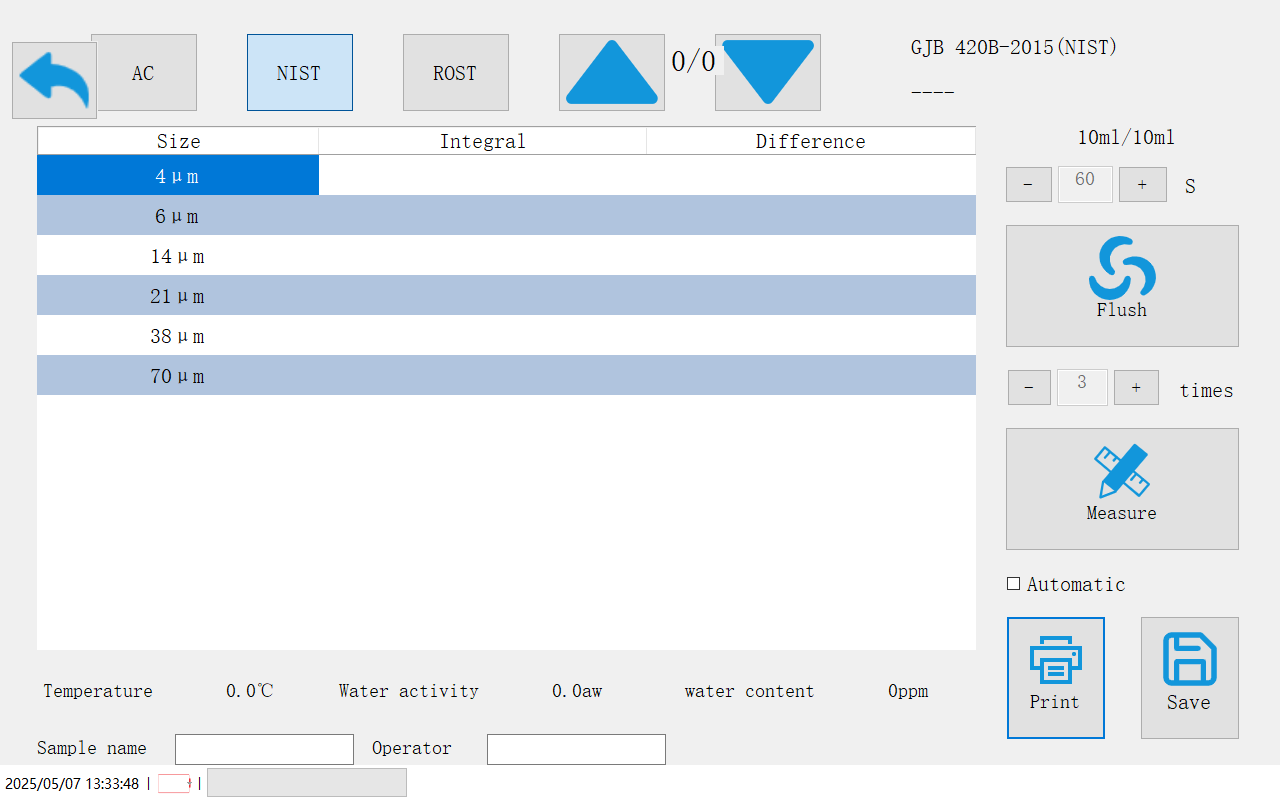
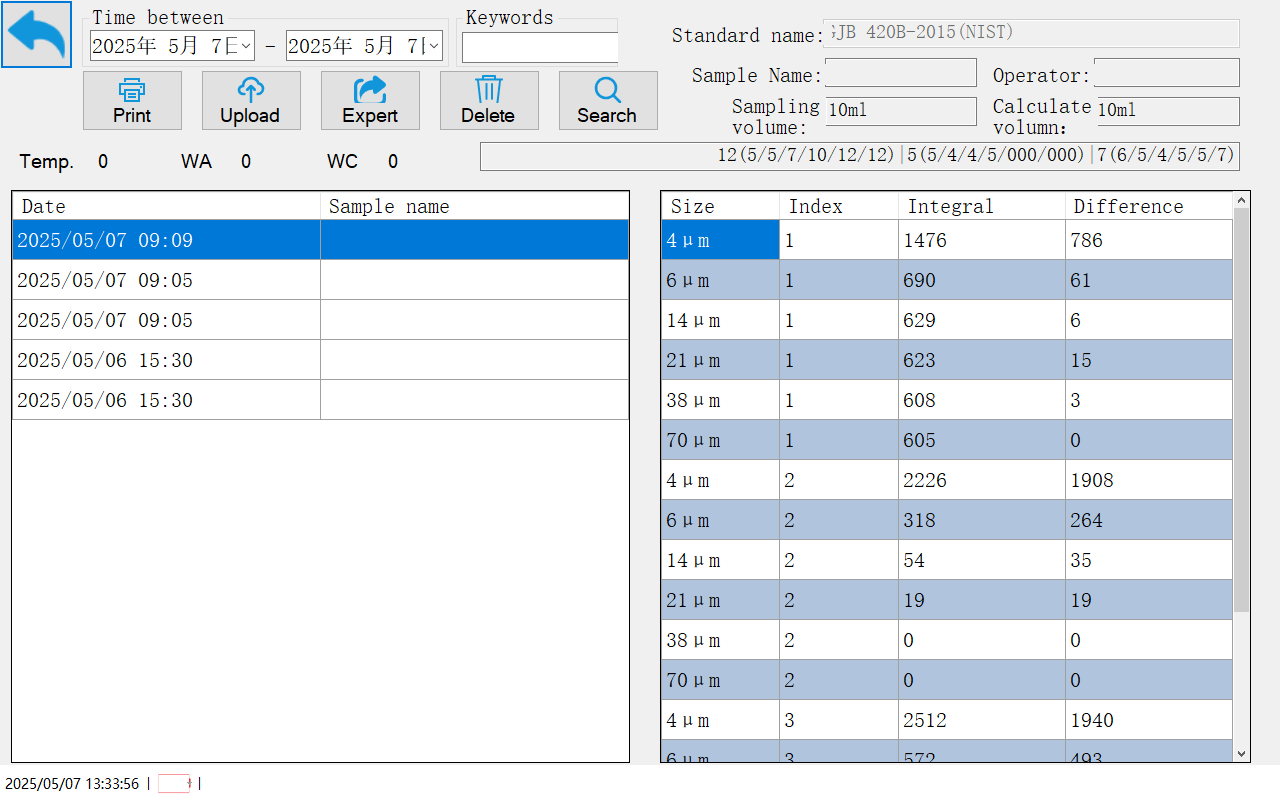
1. Calibration, testing methods, and accuracy meet the requirements of ISO 4402, GB/T 18854, and ISO 11171;
2. The built-in particle pollution level standards are as follows, and the required standards can be added according to user needs: NAS1638, ISO4406-1999, ISO4406-2007, ISO4406-1987, GB/T 14039-2002, GJB420B-2006, GJB420B-2015, GJB420A-1996, AS4059E, AS4059F, ROCT17216-1971, ROCT17216-2001, JTS-005, SAE749D-1963, AETF1A, NAS1638/ISO4406, etc.
The principle of light blocking method (light blocking method) is used to detect the size and quantity of solid particles in liquids, and to detect the pollution level of solid particles in hydraulic oil, lubricating oil, shale oil, transformer oil (insulation oil), turbine oil (turbine oil), gear oil, engine oil, aviation kerosene, water-based hydraulic oil and other oils; Detecting insoluble particles in organic liquids and polymer solutions.
Application field:
Military industry
Aerospace industry
Electricity industry
Transportation industry
Parameter
1. Light source: semiconductor laser;
2. Detection method: offline or online;
3. Online viscosity detection range:<100 cSt (higher viscosity with optional positive pressure sampler);
4. Online pressure detection: 0.1-0.6Mpa (optional pressure reducing device can achieve a maximum pressure of 40MPa);
5. Testing sample temperature: 0 ℃~80 ℃;
6. Particle size range: 1 μ m to 500 μ m;
7. Sensitivity: 1 μ m (ISO 4402) or 4 μ m (c) (GB/T 18854, ISO 11171);
8. Detection channels: 32, with an interval of 0.1 μ m, allowing for arbitrary setting of particle size;
9. Sampling volume: 10-100ml;
10. Relative error of sampling volume: better than ± 2%;
11. Detection speed: 5-60mL/min (default 25mL/min);
12. Cleaning speed: 5-60mL/min;
13. Resolution: better than 10%;
14. Overlap error limit: 12000~40000 particles/mL;
15. Particle count repeatability: RSD<2%;
16. Relative error of particle counting: ± 10%;
17. Working temperature: -20 ℃~60 ℃ Storage temperature: -30 ℃~80 ℃;
18. Power supply: 110-240V, built-in lithium battery.
Characteristic
1. Principle of photoresist method (shading method);
2. Calibration, testing methods, and accuracy meet the requirements of ISO 4402, GB/T 18854, and ISO 11171;
3. The built-in particle pollution level standards are as follows, and the required standards can be added according to user needs: NAS1638, ISO4406-1999, ISO4406-2007, ISO4406-1987, GB/T 14039-2002, GJB420B-2006, GJB420B-2015, GJB420A-1996, AS4059E, AS4059F, ROCT17216-1971, ROCT17216-2001, JTS-005, SAE749D-1963, AETF1A, NAS1638/ISO4406, etc;
4. Configure high-performance large-sized particle counting sensors;
5. The industrial computer Windows system supports instrument control and calculation;
6. Optional configuration calibration curves: ACFTD, ISOMTD, latex ball, GOST and other calibration curves;
7. The test result storage includes embedded printer printing, software database storage, and USB storage functions.
